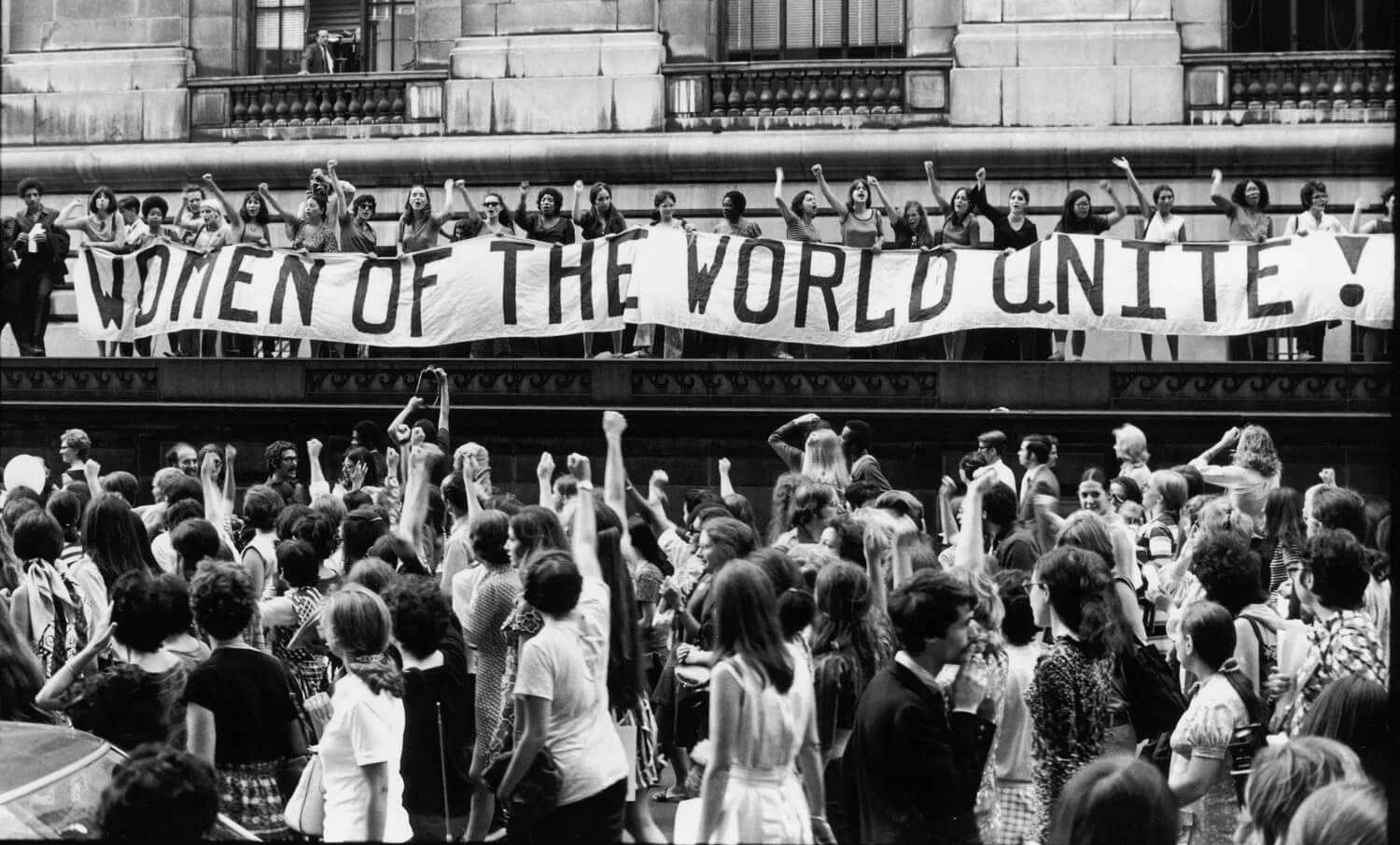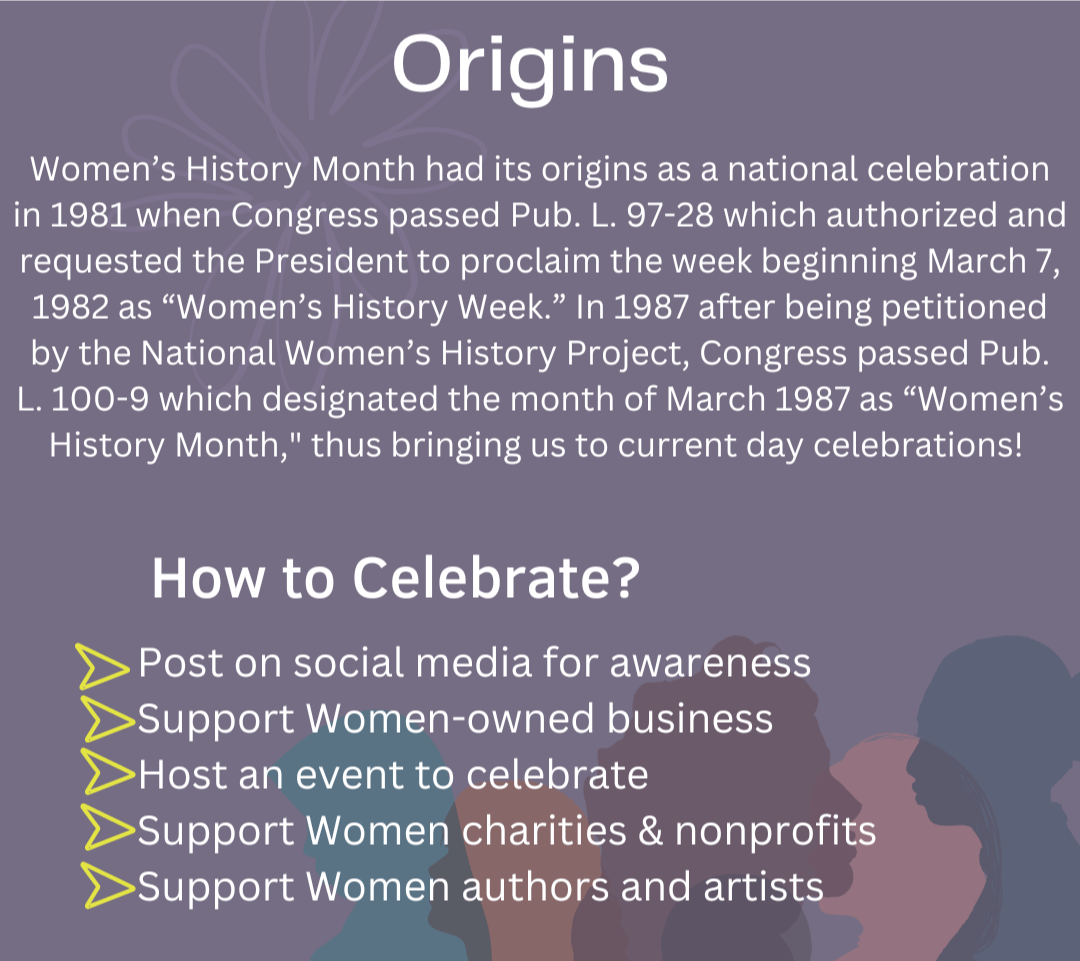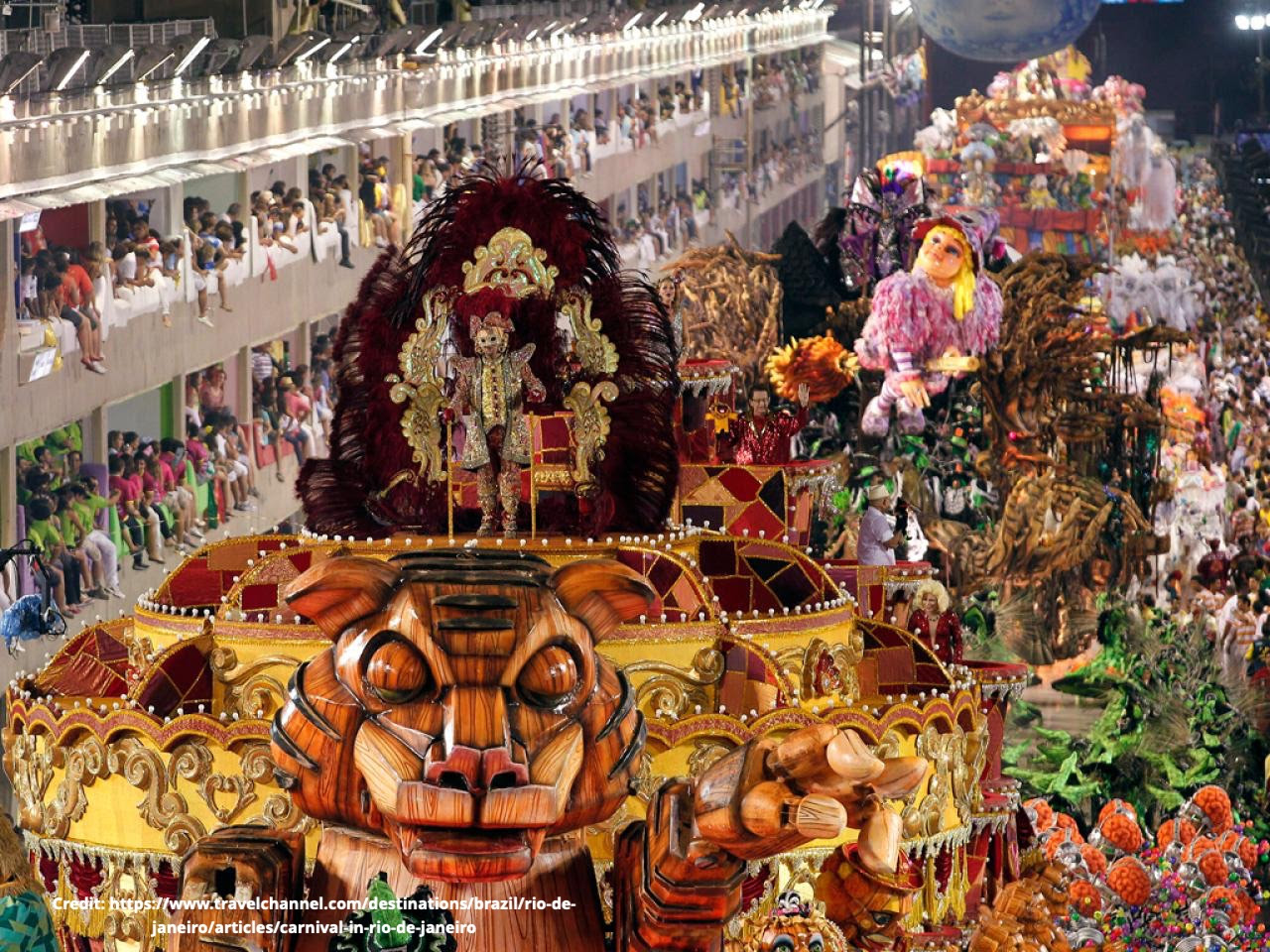

We celebrate this month in dedication to women’s contribution to history; this is a time to reflect on the accomplishments of women in the past and present, paving the way for future women and breaking norms. Women’s contributions to history can sometimes be overlooked, and so this is a wonderful reminder of just how special we are.


Today’s Vocabulary Fun!
Bucolic adjective – relating to the pleasant aspects of the countryside and country life. Relating to or typical of a rural life.


Once Christmas celebrations are officially over in the Caribbean and places like France and Spain, it’s time to start thinking about Carnival, the celebration that culminates on Fat Tuesday, or Mardi Gras, the day before Lent begins. Carnival is celebrated between the months of February or March; with the dates being different each year. In Spain, the festival is noted for parodies and costumes in the streets of Spanish towns and cities. In France, this festive season comes with sumptuous public celebrations or parades. And in the USA, we have our own celebration of this, particularly referred to as Mardi Gras in Louisiana. Mardi Gras (literally “Fat Tuesday”) is originally a catholic event that marks the end of the “week of seven fat days.”

Mardi Gras is a Christian holiday and popular phenomenon that dates back thousands of years, back to roman times! It is celebrated in many countries around the world—mainly those with large Roman Catholic populations.
The word “carnival” derives from the Latin “carnelevare” meaning “to take out the meat”. Indeed in roman times, meat was removed and banished from tables during Lent, as was any other ingredients containing animal products. According to history channel, religious leaders thought it was best to incorporate this pagan holiday into Christianity, rather than abolishing it all together!

